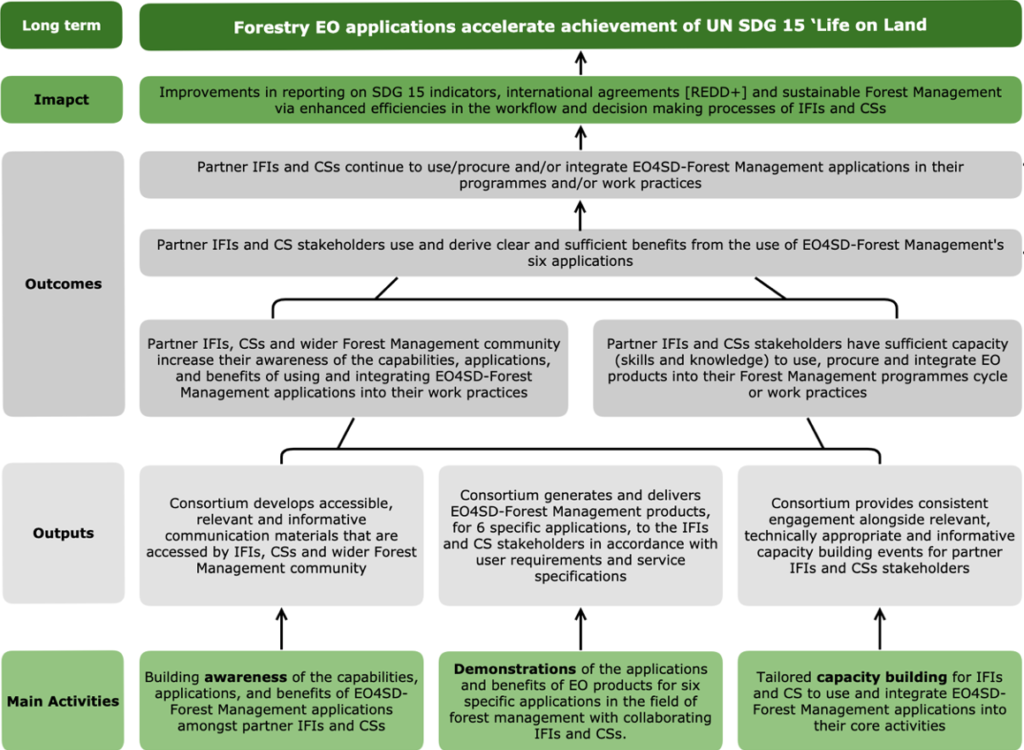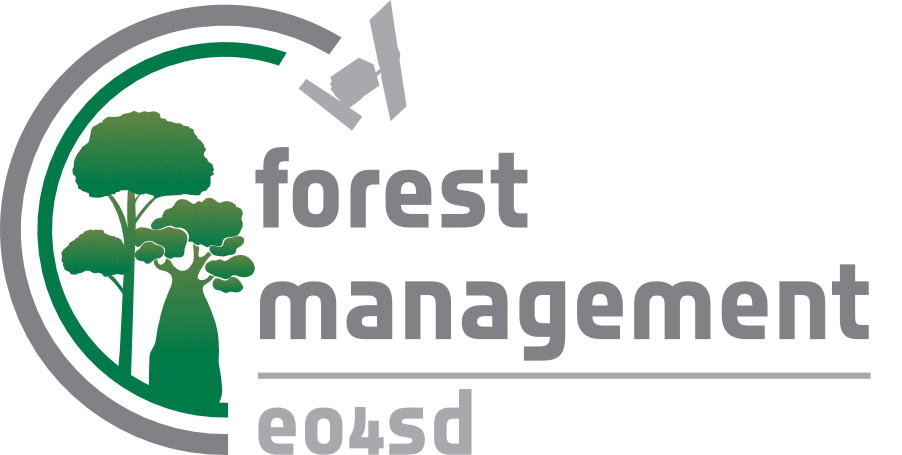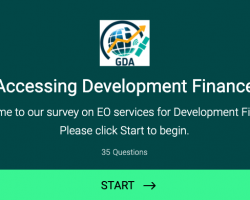Barriers to widespread Earth Observation uptake in Forest Management
Theoretically, the case for applying Earth Observation (EO) technologies in support of Forest Management is very strong. With forests covering a third of all land, amounting to approximately 4.06 billion hectares worldwide, ground-based or even aircraft/drone monitoring can only scratch the surface of what needs to be covered at scale and with budget. For consistent, accurate, high-frequency monitoring of forests at national to international scales, EO appears to be the only efficient and realistic mechanism. So, why are EO technologies not fully adopted into national and international forest management systems and programmes?
Caribou Space published a report on behalf of ESA—Adoption and Impact of Earth Observation for the 2030 Agenda for Sustainable Development—highlighting a number of barriers to this uptake, of note were;
- Availability: Limited EO at sufficient temporal, spatial and spectral resolution, and at appropriate cost.
- Accessibility: Complexity of accessing, storing and manipulating EO for non-experts, due to the technical skills and computing infrastructure required.
- Awareness: Low understanding of EO capabilities and the benefits of its use.
- Acceptance: Limited experience on EO use and integration, alongside a ‘champion’ to promote its use.
- Adoption: Insufficient local capabilities to produce and deliver these types of information operationally from EO, and support users in its uptake.
More evidence is needed to support the Forest Management case
Thus, significant initial investment in skill development, infrastructure and—depending on the resolution needed—budget allocation, is required. Understandably, before such commitments are made, evidence on the impact of EO in a variety of Forest Management use cases is needed. The report above also made a significant contribution in synthesising the current evidence of EO in support of a number of sectors, including forestry, but highlighted that more investment in impact measurement is required to close the evidence gaps and keep pace with emerging use cases.
Evidence about the impact of EO in Forest Management is required for two reasons. First, in order to access resources, the advocates of EO must show evidence of EO’s effectiveness. Second, evidence about impact can guide future applications and programmes such that programmes are administered that will effectively support specific use cases and improve the efficacy of investments.
EO4SD-Forest Management is an opportunity to generate additional evidence
EO4SD-Forest Management aims to provide convincing demonstrations of the use cases and potential benefits of EO-based information for six specific applications in the field of Forest Management with collaborating International Finance Institutions (IFIs) and their country counterparts. It provides an opportunity to both test these applications with users and to generate and share evidence on each application’s impact.
Approach to impact measurement with EO4SD-Forest Management
To assess both progress towards, and, actual impact, the Monitoring and Evaluation (M&E) system should contain the following as minimum:
- Clearly articulate the impact that is expected from the use of EO data using the Theory of Change approach.
- Establish robust indicators to both monitor progress towards impact and evaluate the final impact.
- Develop clear guidance on methodologies to collect and report on the indicators.
- Measure the anticipated impact after the use of EO.
EO4SD-Forest Management has invested in a robust M&E system, starting with it’s own Theory of Change (shown below), incorporating indicators to assess progress and impact, and a number of data collection tools and processes.
Figure one: EO4SD-Forest Management Theory of Change
*CS = Client State

By the end of the project in 2023, a final impact evaluation will be conducted to understand the impact of EO4SD-Forest Management specifically, and the impact of EO for Forest Management more broadly. As the Forest Management and EO sector advances its effectiveness through the sharing of knowledge, this impact evaluation will be publically shared so that others can benefit from any lessons and so that evidence of EO in Forest Management can continue to grow.




